The great rivers of Asia not only have poetic and spectacular landscapes but also play an important role in the lives of people on both banks.
1. The Yangtze River (or Chang Jiang) in China is the longest river in Asia, the third longest in the world after the Nile (Africa) and the Amazon (South America). With a length of 6,300 km, the Yangtze stretches across 10 provinces and has 8 branches, and is the main waterway in China. River cruises are a service that attracts many tourists to experience. Photo: Nexus Holidays.
2. The Yellow River flows through nine provinces and empties into the Bohai Sea in Shandong Province, China. The length of the river is 5,464 km. The name "Huang He" means "yellow river", referring to the yellow color of the water, because the river carries many materials originating from yellow soil (loess). The Yellow River is one of the most important rivers in China. Photo: CGTN.
3. The Mekong River flows across the borders of many countries, from southeastern China through Tibet, Yunnan province to Myanmar, Laos, Thailand, Cambodia, and finally to Vietnam and into the East Sea. This is the longest river in Southeast Asia, with a length of 4,909 km. The river's name varies from country to country. Photo: Jacada Travel.
4. The Lena River lies entirely within the borders of Russia and is 4,294 km long. The river originates in the Baikal Mountains and flows mainly through Russia's Sakha Republic. The Lena River is found in an area rich in wildlife and natural resources, such as gold. Photo: Gracia Films.
5. Irtysh River: The fifth longest waterway in Asia is the Irtysh River, at 4,248 km long. The river originates in the glaciers of the Altai Mountains of Xinjiang Province, flows west through the northern corner of China and through Kazakhstan (where it is known as the Ertis River). The Irtysh then crosses Russia and joins the Ob River in western Siberia. Passenger ships, freighters, and tankers can navigate much of the river from April to October, when the river is not frozen. Photo: CGTN.
6. The Brahmaputra River is the 6th longest river in Asia, flowing through India, Bangladesh and Tibet (China). The river originates from Lake Mansarovar and is located in the northern part of the Himalayas, with a length of 3,848 km. Indigenous people of India and Bangladesh depend on this river. Kamrup, Maijan Lake, The Twin Rock, Accoland are tourist attractions. Photo: Mayuresh Hendre.
7. The Ob River is also one of the longest rivers in Asia. It is located in Russia and is 3,650 km long. It is home to many creatures with diverse flora and fauna and beautiful river valleys. The Ob River Museum and San Siti are tourist attractions along the river. Photo: World Atlas.
8. The Indus River is the next river on the list, with a length of 3,610 km and flowing through three countries: China, India and Pakistan. This is the largest and most important river in Pakistan. The Indus River starts in the Tibetan Plateau near Lake Mansarovar and the Himalayas, runs through the Indian territory of Jammu and Kashmir, then flows south through the entire country of Pakistan, and empties into the Arabian Sea. Photo: Pinterest.
9. The Yenisei River is the largest river system flowing into the Arctic Ocean. It is 3,487 km long and reaches a maximum depth of 24 m. In its upper reaches from Mongolia, the Yenisei flows through sparsely populated areas with many rapids. In its middle reaches, the river system is controlled by a series of large Russian hydroelectric dams. Flowing through the taiga forests, the river receives water from a series of tributaries and finally empties into the Kara Sea in a desolate tundra, frozen for more than 6 months of the year. Photo: Zenq.am.
10. The Nizhnyaya Tunguska River is 2,989km long, flowing through Russia and Siberia. It is the second largest tributary of the Yenisei River. The banks of the river offer stunning views of rocks, gorges and plateaus. In particular, the Tunguska Nature Reserve and the Tunguska Event are major tourist attractions. Photo: jxandreani/Flickr.


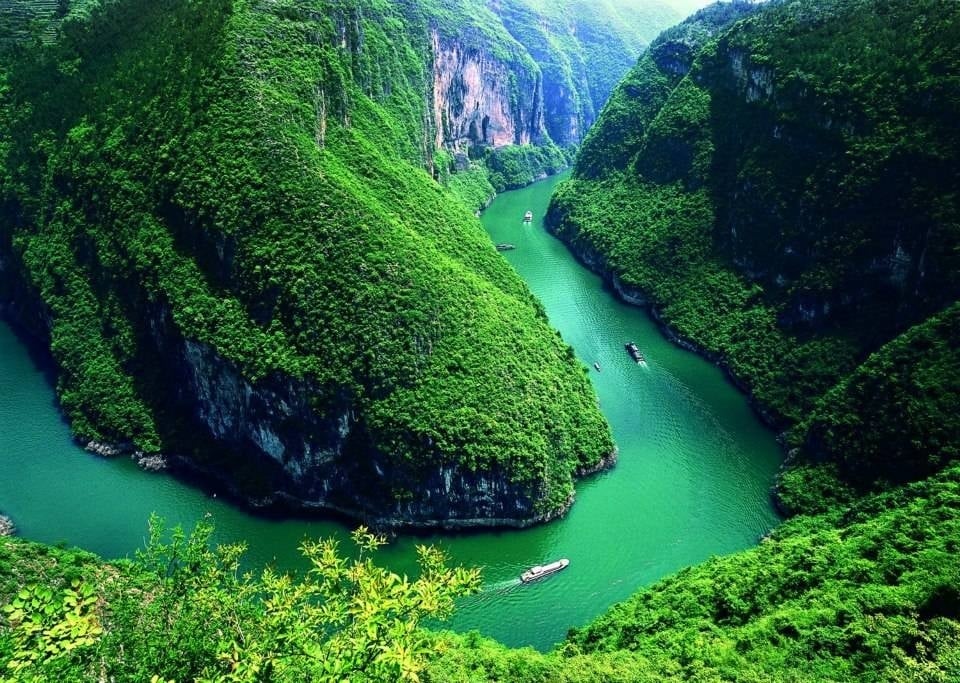
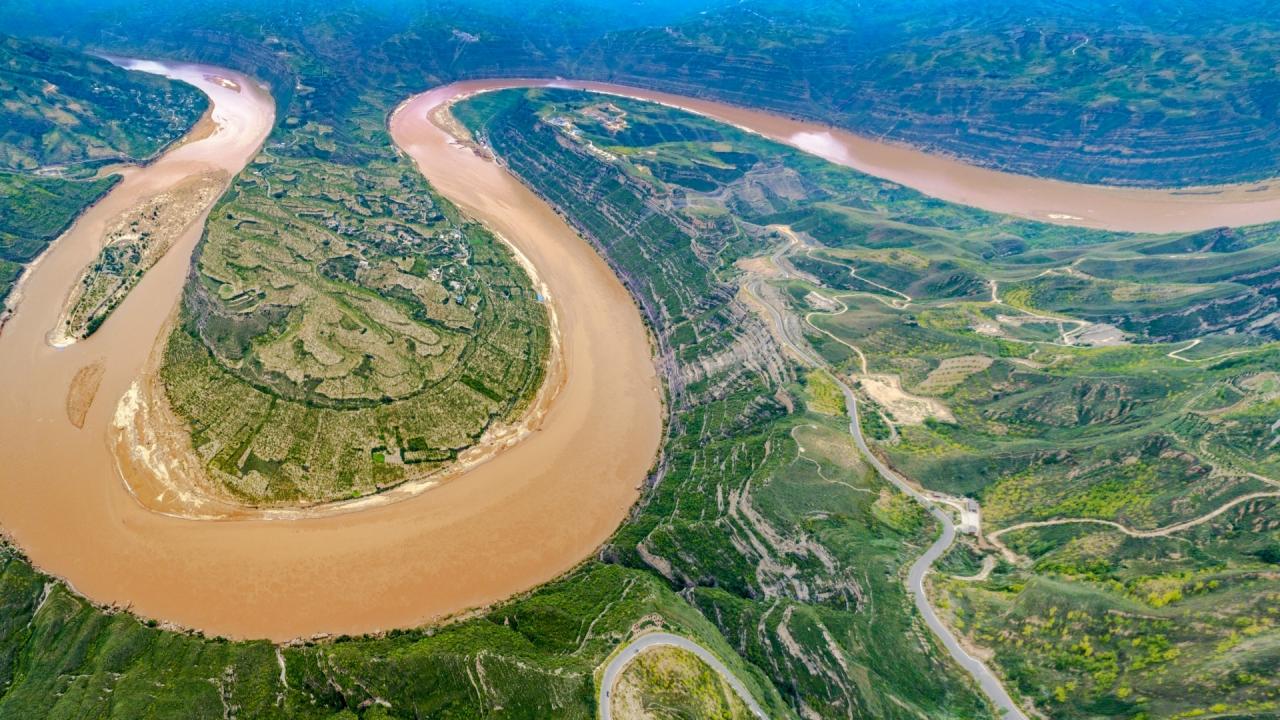
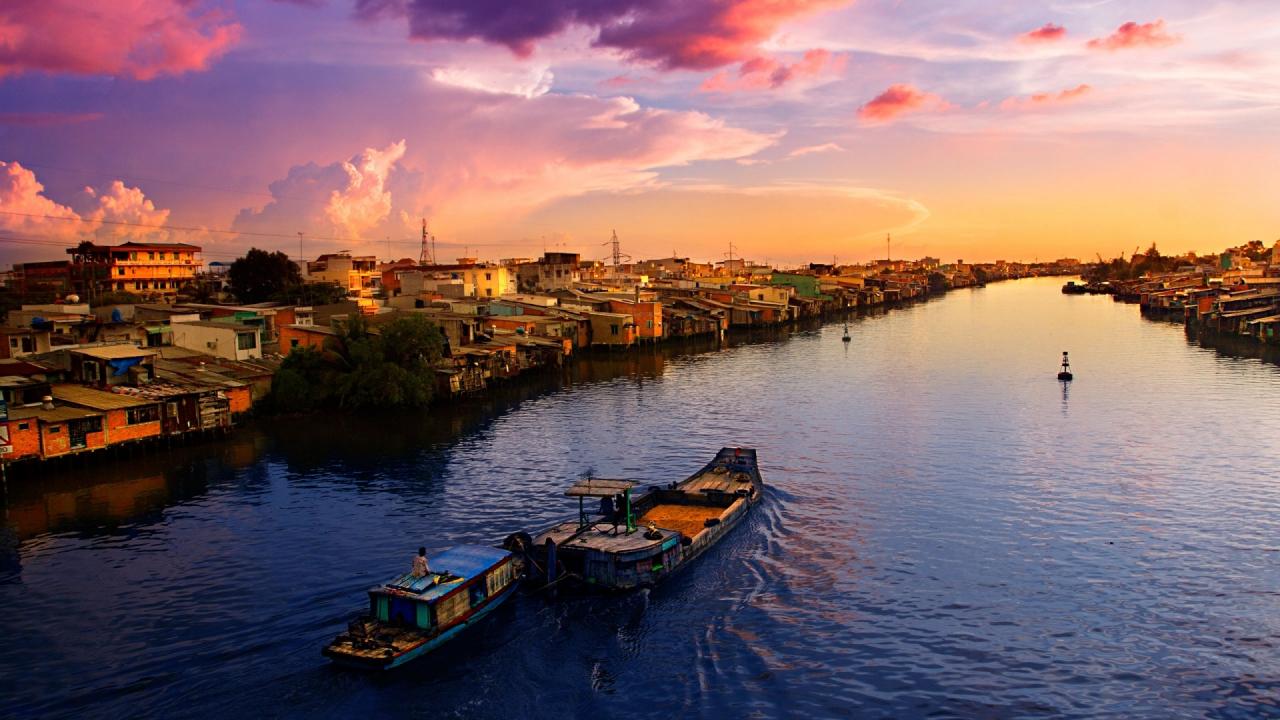
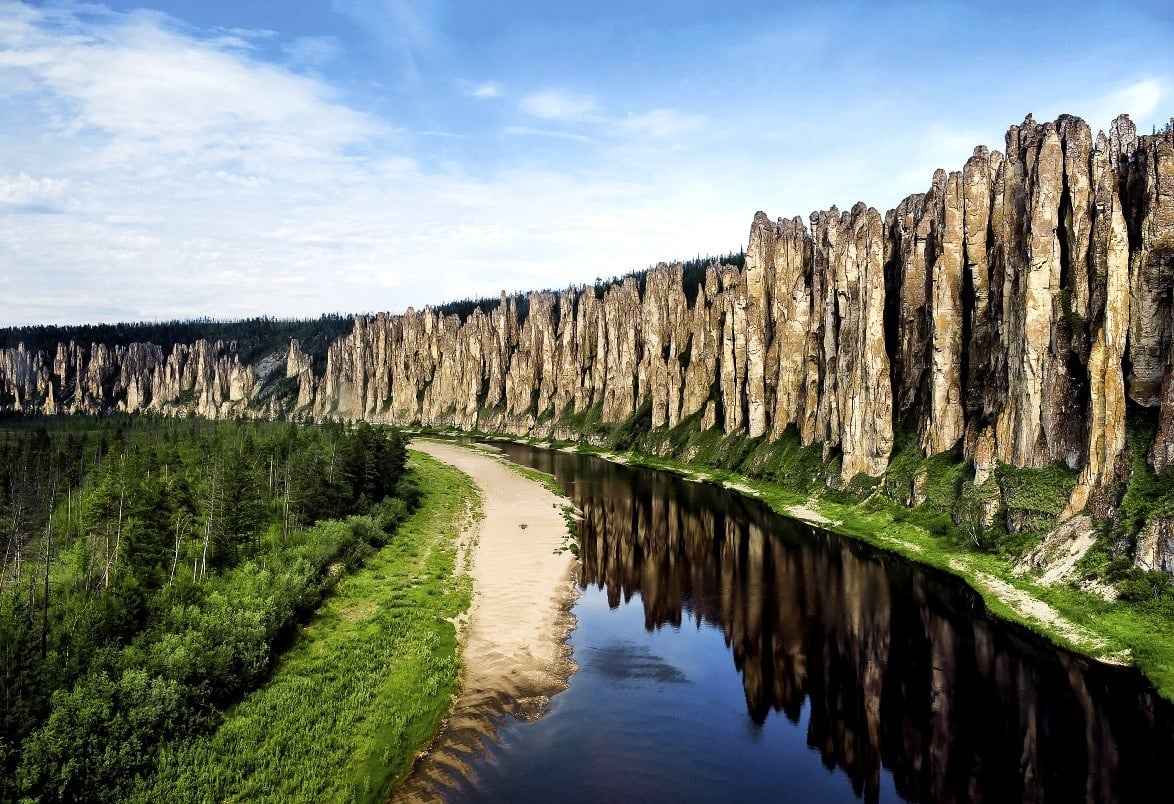
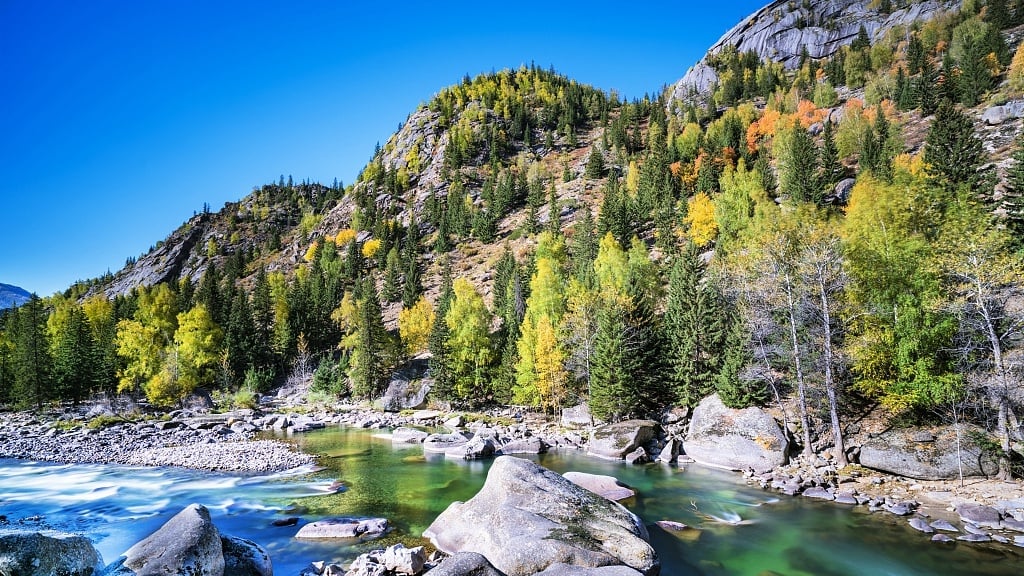
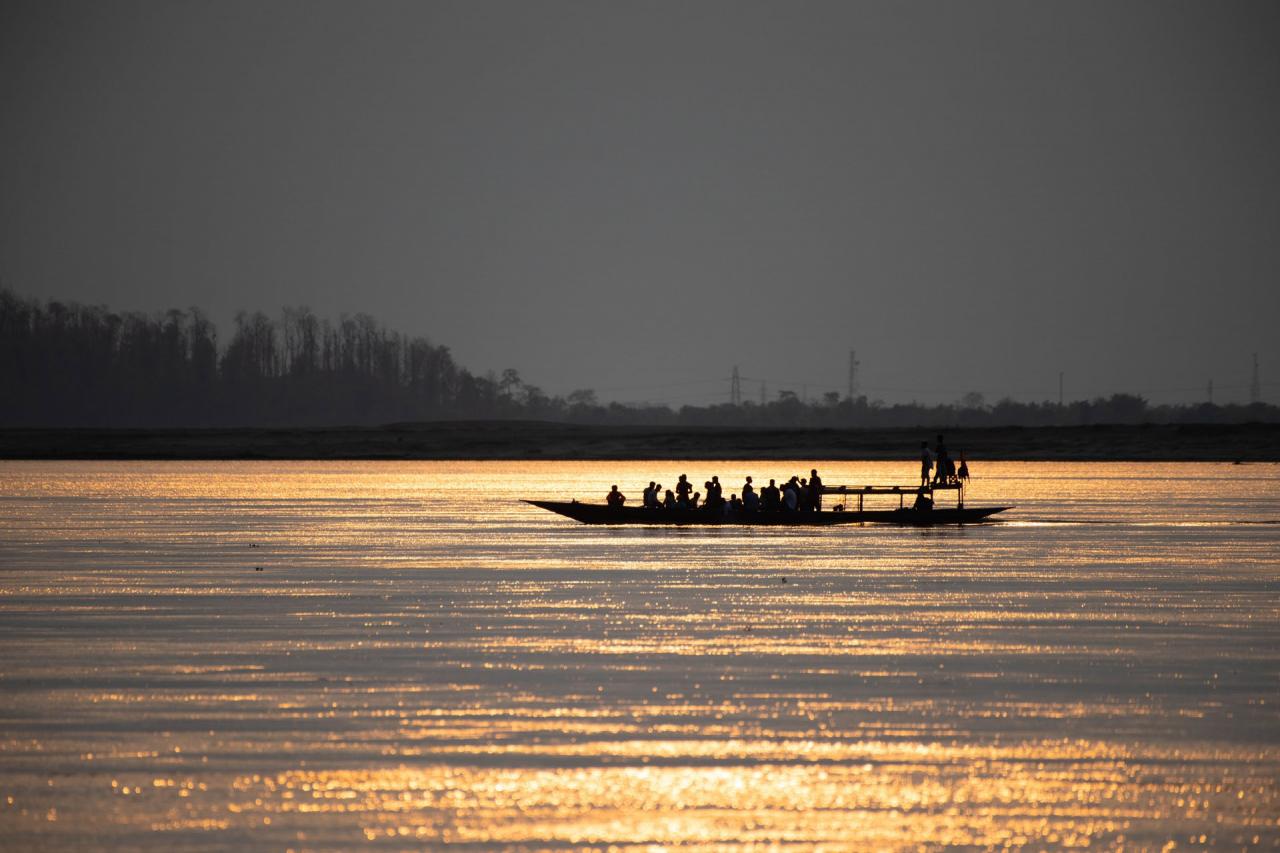
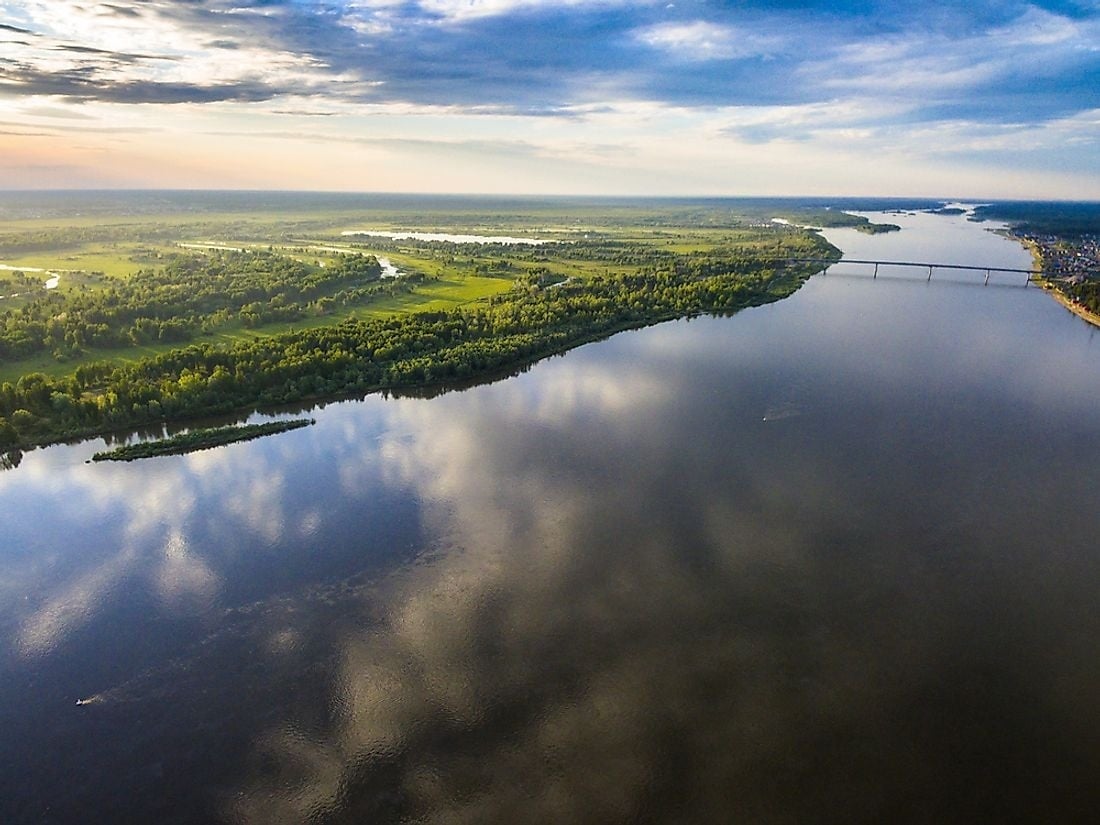
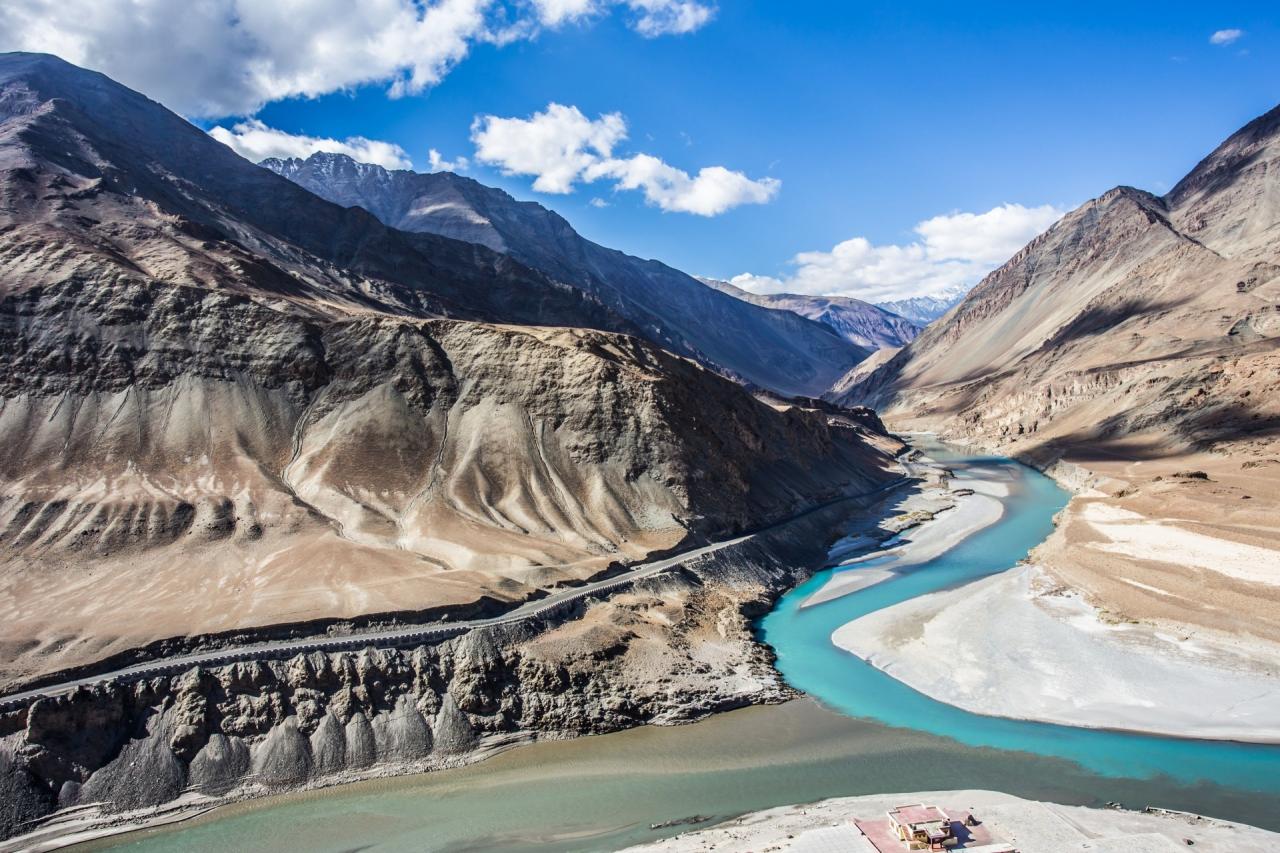
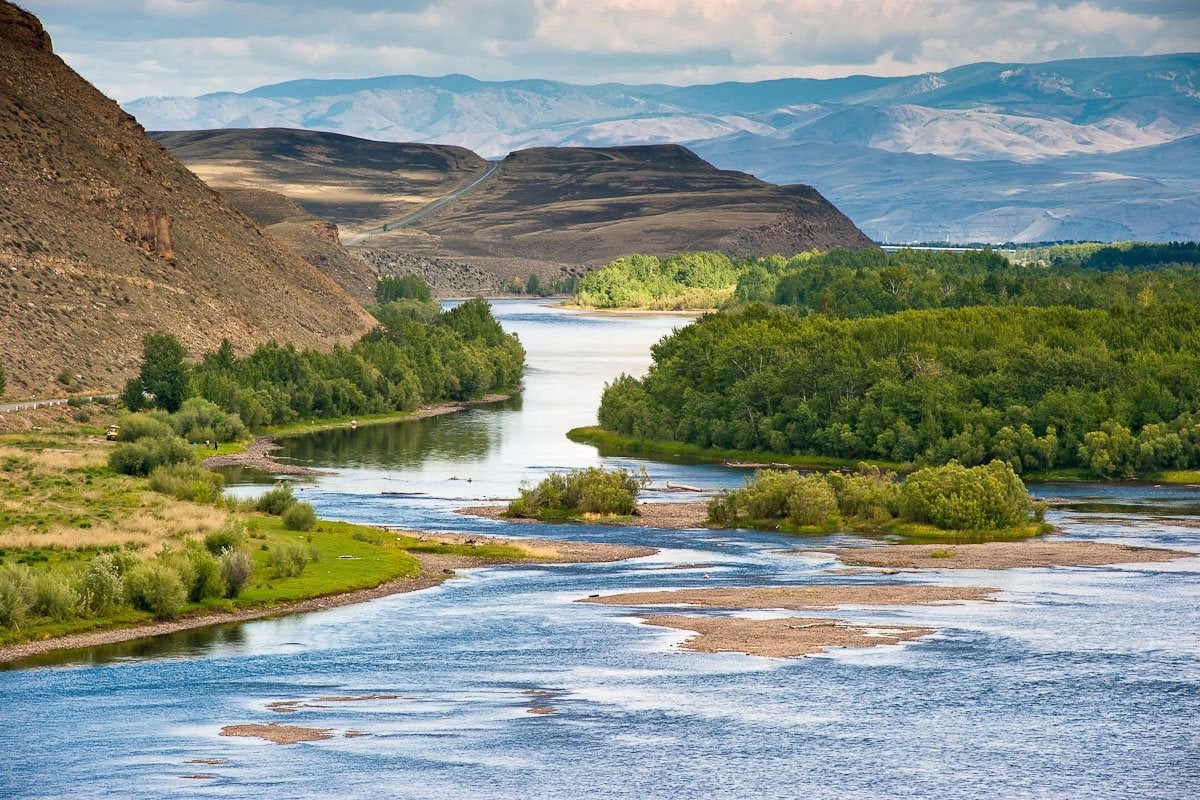
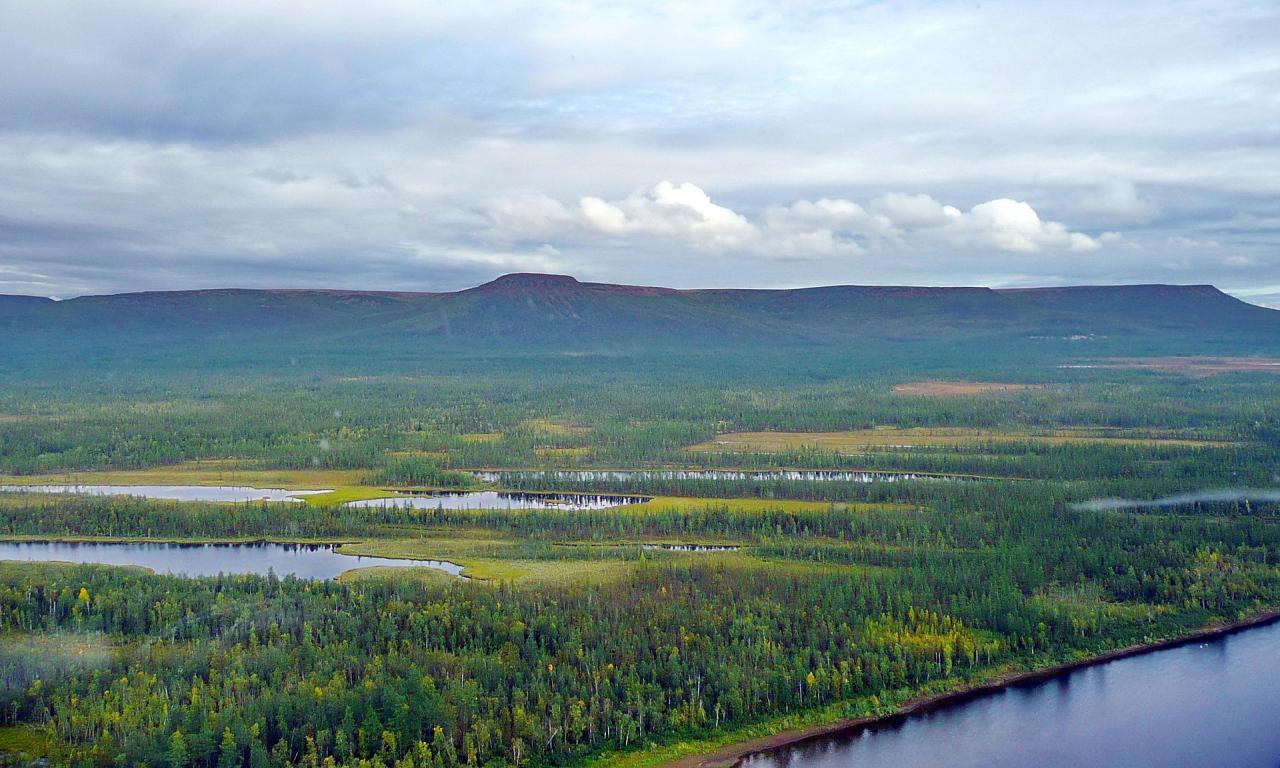

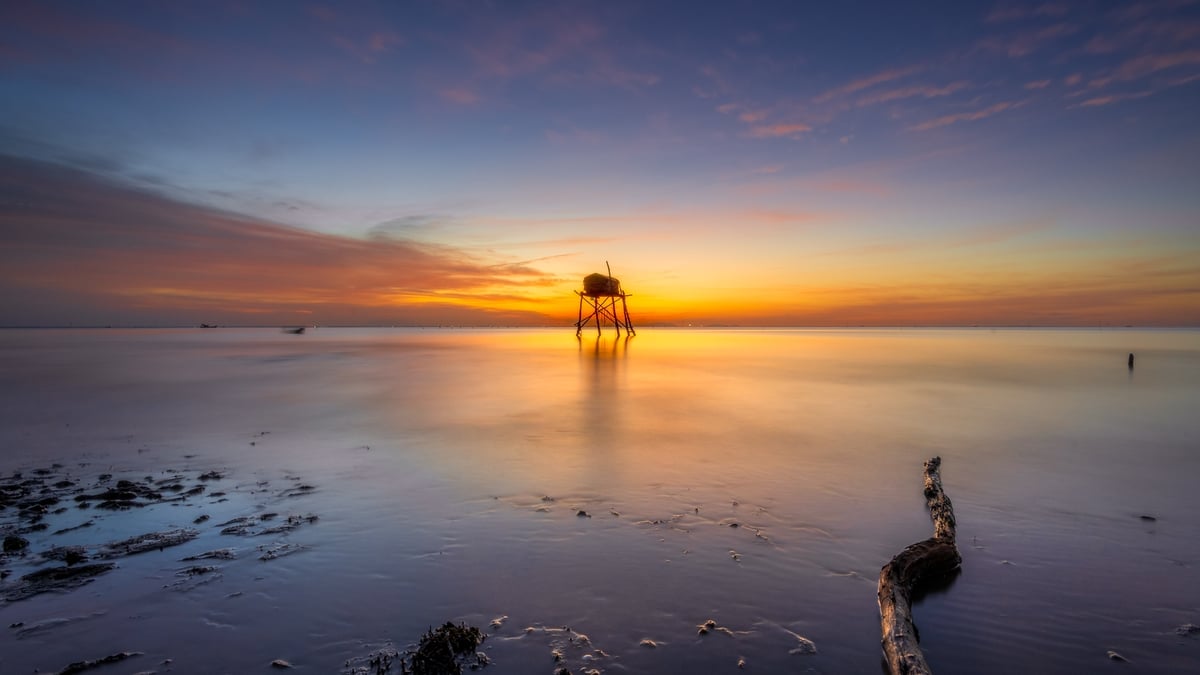

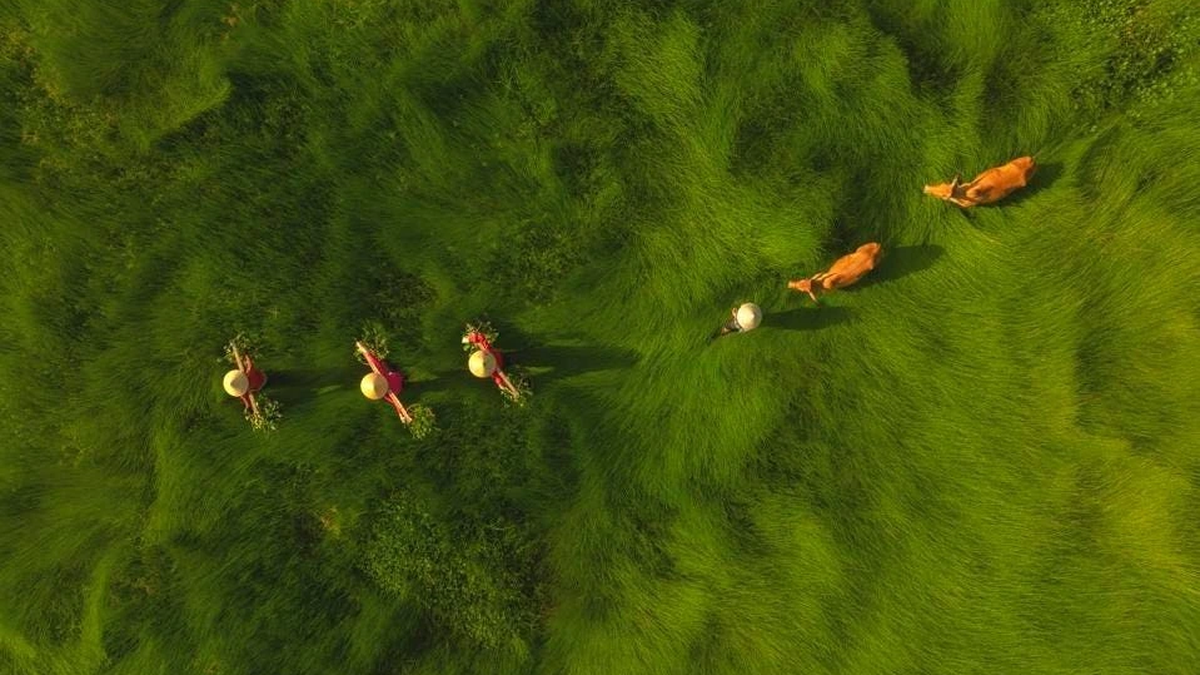







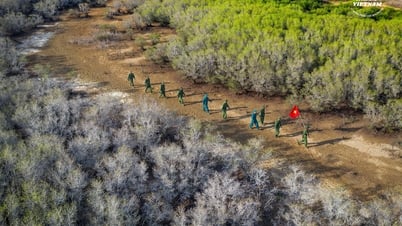
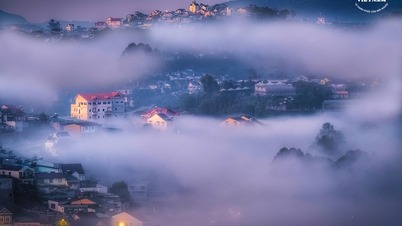











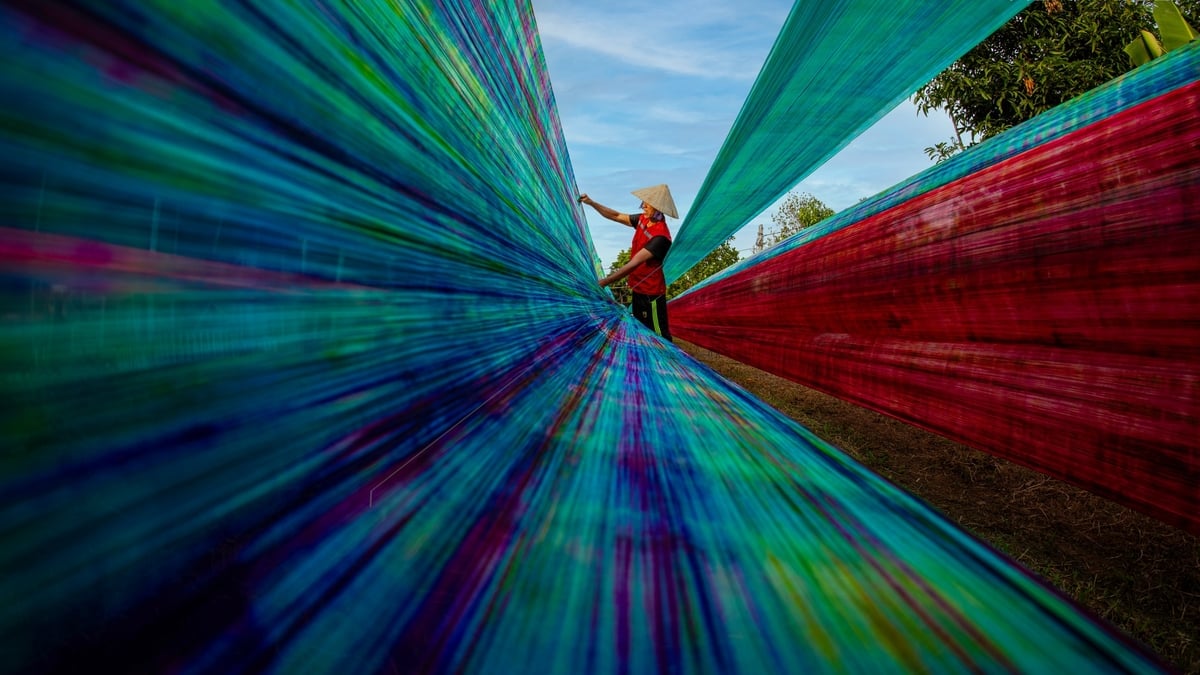
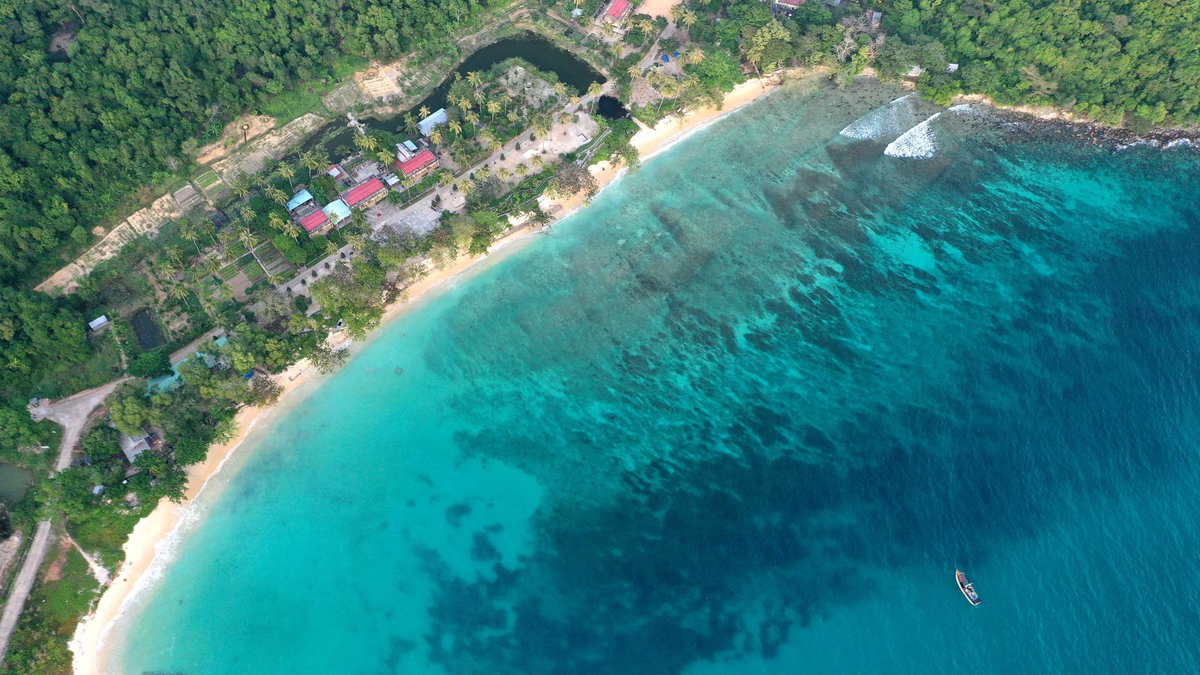
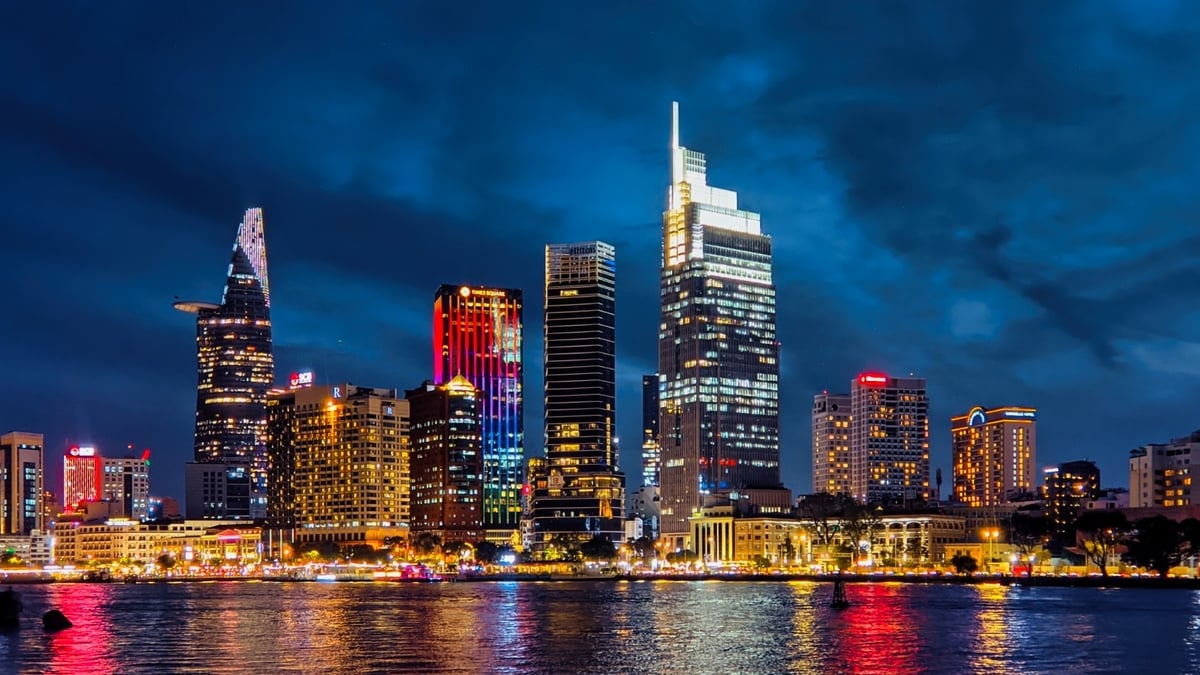
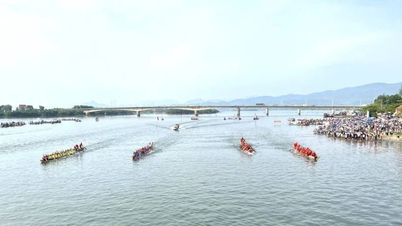































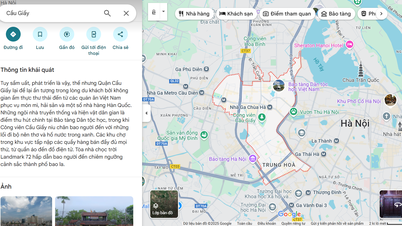



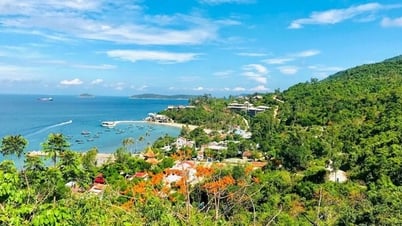

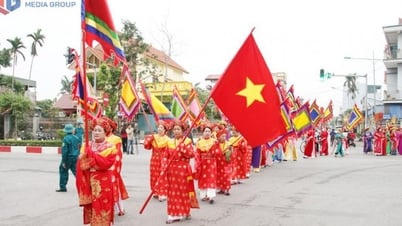











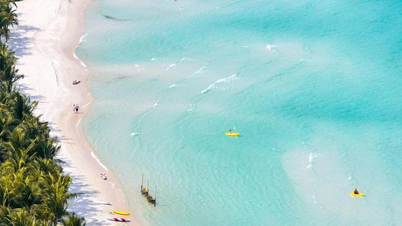

















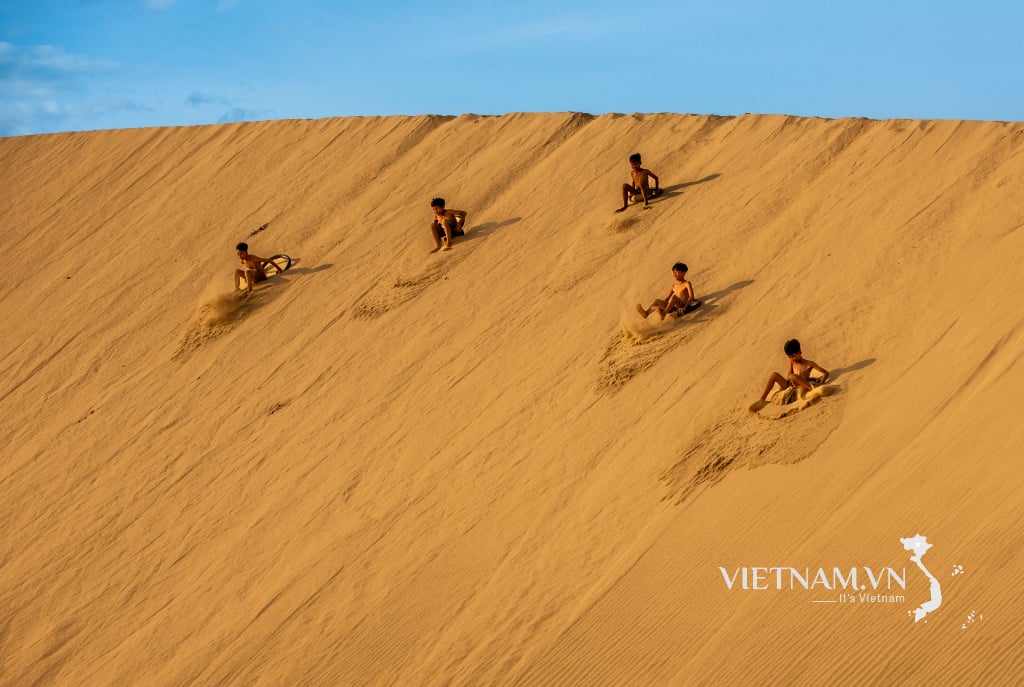
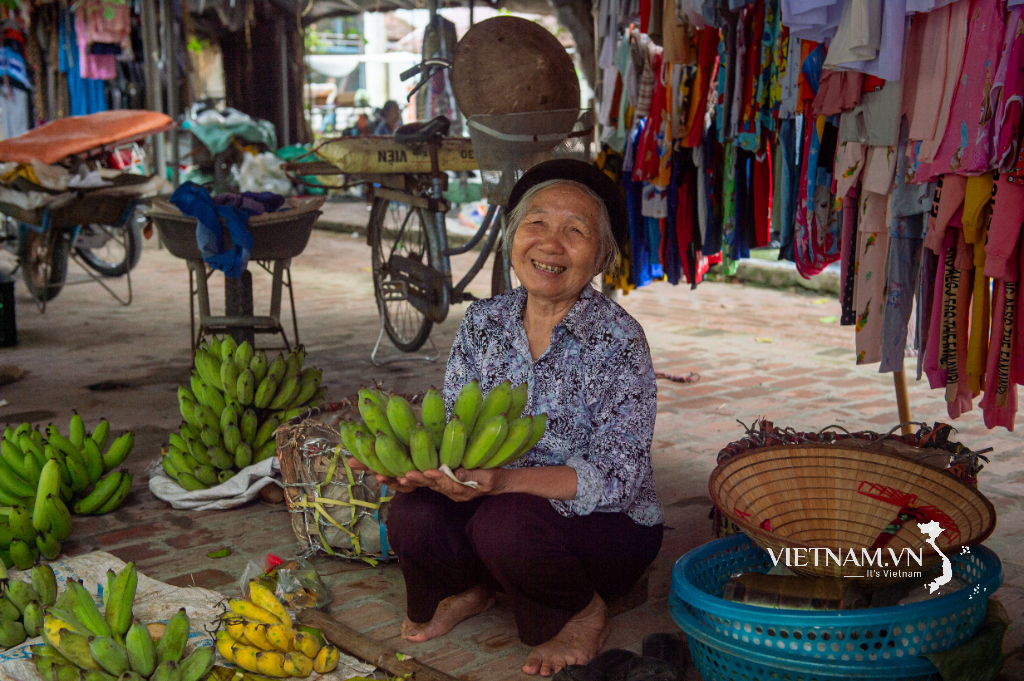
Comment (0)